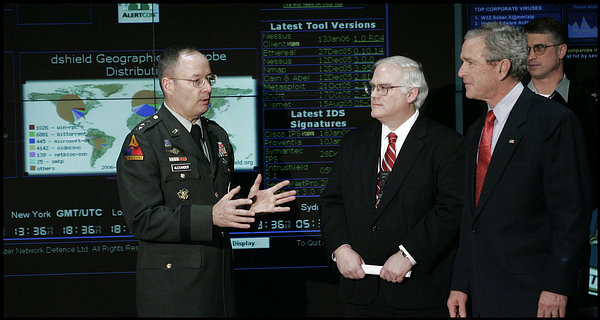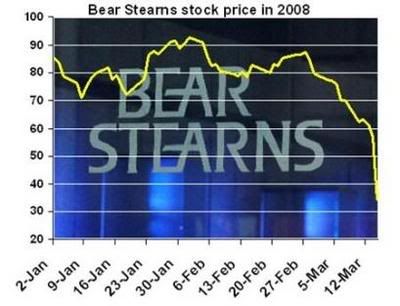The Spy Factory
http://www.pbs.org/wgbh/nova/spyfactory/
The Spy Factory
Website launch date: January 21, 2009
www.pbs.org/nova/spyfactory
Program broadcast date: February 3, 2009
Sign up for NOVA's weekly e-mail bulletin for reminders of NOVA broadcasts.
For the first time on television, NOVA exposes the hidden world of the high-tech, 21st-century eavesdropping carried out by the National Security Agency. Today, the NSA is the world's largest intelligence agency, three times the size of the CIA and far more secret. Its mission is to eavesdrop on the world—from cell phones in Europe to pay phones in Afghanistan to e-mail messages from Pakistan to Baghdad. But since 9/11, it has also turned its giant ear inward, listening in without warrant on thousands of American citizens, many of whom are on the government's secret watch list, now more than half-a-million names long. Based on the 2008 best-seller The Shadow Factory by journalist James Bamford, "The Spy Factory" is a gripping investigation of the NSA from its tragic failures leading up to the 9/11 attacks to its secret listening rooms currently installed in the nation's telecom networks, and more generally from the threat to privacy to the effectiveness of high-tech surveillance in the age of terrorism.
Here's what you'll find on the companion website:
Ask the Expert
James Bamford answers viewer questions about the NSA, the movements of 9/11 terrorists before the attacks, the latest surveillance technologies, and more.
Inside Your Head
In this excerpt from The Shadow Factory, Bamford describes how the NSA plans to use two highly sophisticated new systems to monitor people's very thoughts.
Investigating 9/11
In this interview, Eleanor Hill, who lead the Joint Congressional Inquiry on the 9/11 attacks, talks about what the U.S. intelligence community knew, or should have known, about the threat prior to the attacks.
Say Again?
If you think computers can easily recognize and transcribe spoken language, think again. In this audio feature, hear an expert describe the enormous challenges of designing effective speech-recognition software.
The Spy Factory
Website launch date: January 21, 2009
www.pbs.org/nova/spyfactory
Program broadcast date: February 3, 2009
Sign up for NOVA's weekly e-mail bulletin for reminders of NOVA broadcasts.
For the first time on television, NOVA exposes the hidden world of the high-tech, 21st-century eavesdropping carried out by the National Security Agency. Today, the NSA is the world's largest intelligence agency, three times the size of the CIA and far more secret. Its mission is to eavesdrop on the world—from cell phones in Europe to pay phones in Afghanistan to e-mail messages from Pakistan to Baghdad. But since 9/11, it has also turned its giant ear inward, listening in without warrant on thousands of American citizens, many of whom are on the government's secret watch list, now more than half-a-million names long. Based on the 2008 best-seller The Shadow Factory by journalist James Bamford, "The Spy Factory" is a gripping investigation of the NSA from its tragic failures leading up to the 9/11 attacks to its secret listening rooms currently installed in the nation's telecom networks, and more generally from the threat to privacy to the effectiveness of high-tech surveillance in the age of terrorism.
Here's what you'll find on the companion website:
Ask the Expert
James Bamford answers viewer questions about the NSA, the movements of 9/11 terrorists before the attacks, the latest surveillance technologies, and more.
Inside Your Head
In this excerpt from The Shadow Factory, Bamford describes how the NSA plans to use two highly sophisticated new systems to monitor people's very thoughts.
Investigating 9/11
In this interview, Eleanor Hill, who lead the Joint Congressional Inquiry on the 9/11 attacks, talks about what the U.S. intelligence community knew, or should have known, about the threat prior to the attacks.
Say Again?
If you think computers can easily recognize and transcribe spoken language, think again. In this audio feature, hear an expert describe the enormous challenges of designing effective speech-recognition software.




